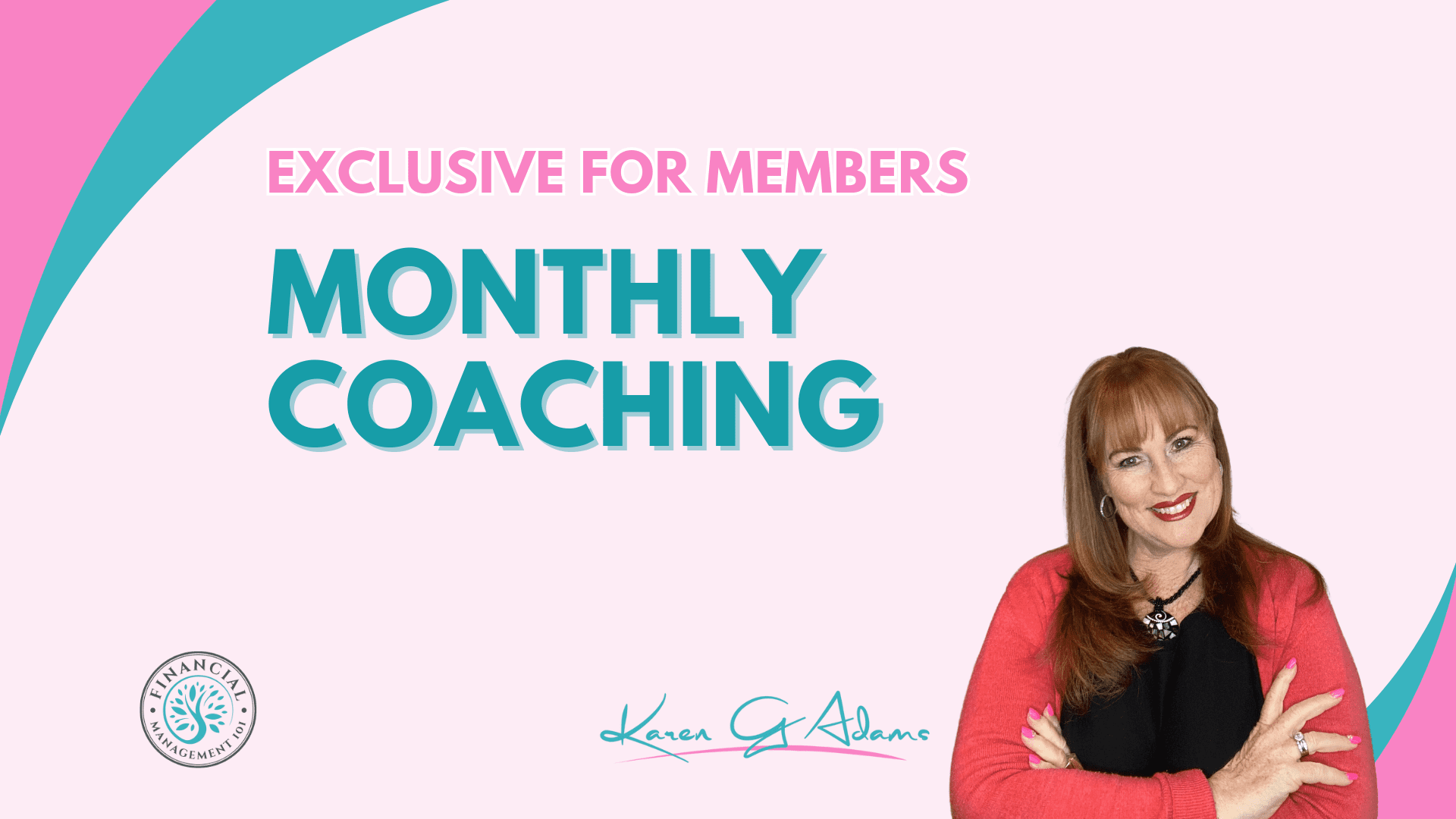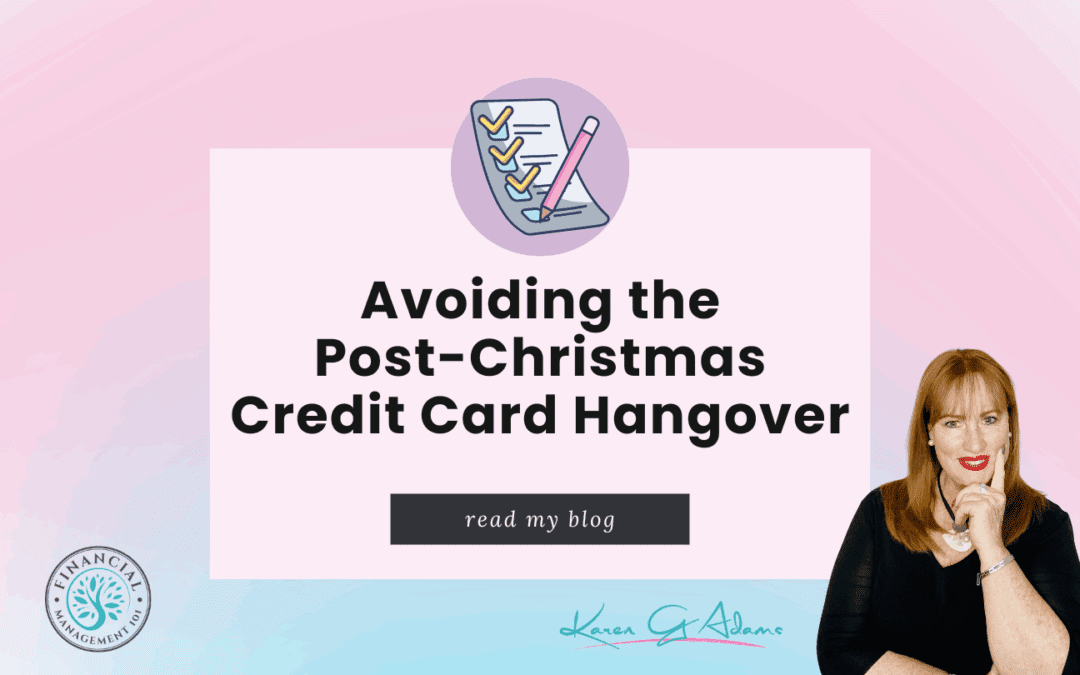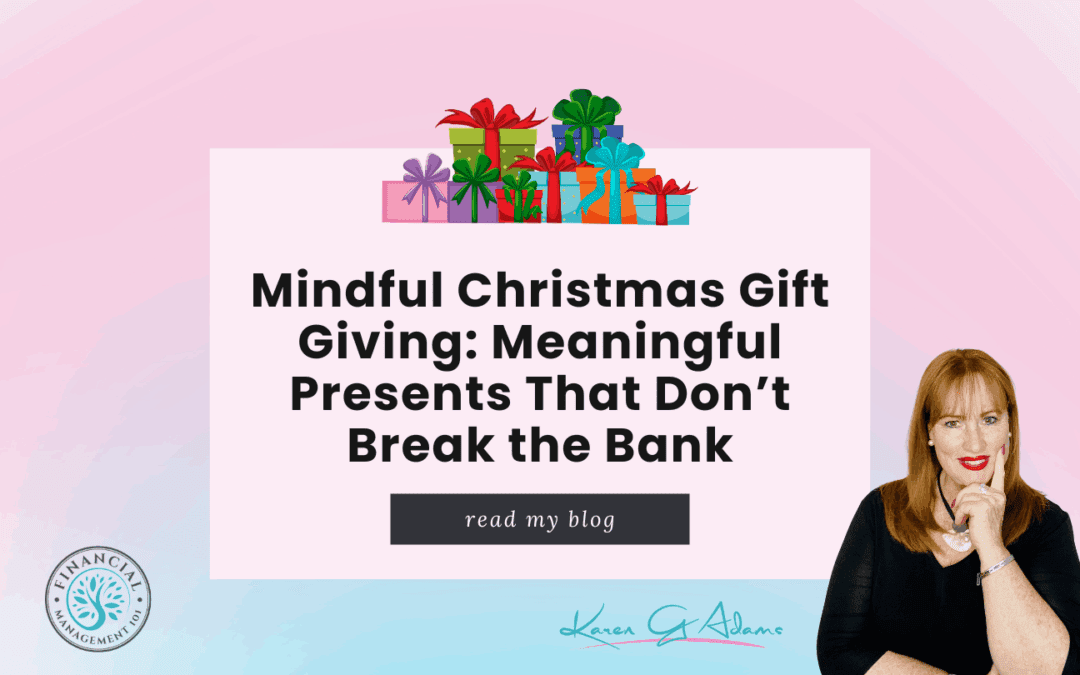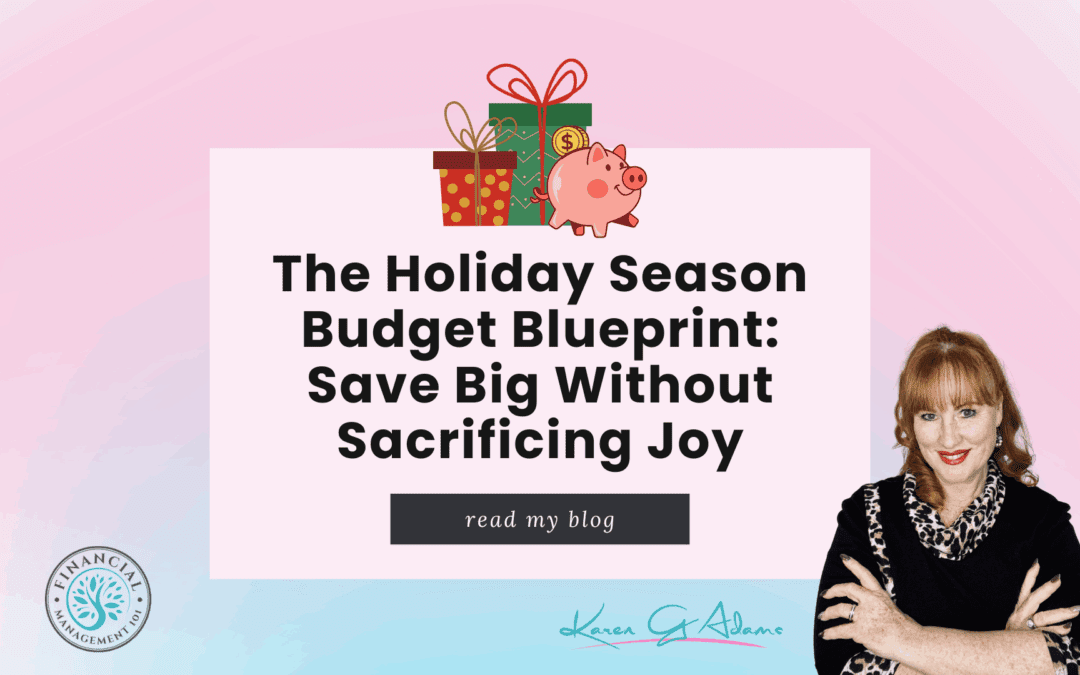
Your 2026 Money Story Starts Now: What Are You Taking With You?
The Christmas lights are twinkling, the year is winding down, and soon we’ll be turning the page to a brand-new year. But before the champagne corks pop and resolutions fly, there’s something powerful you can do: pause and reflect on your money story from the year that’s ending.
Your money story isn’t just about dollars and cents – it’s about the beliefs, habits, and choices that shape your financial journey. And here’s the best part: you get to decide which parts of that story come with you into 2026, and which ones get left behind.
So, let’s take stock together. Here’s how to reflect, release, and reset your money mindset so you step into the new year with clarity and confidence.
? Step 1: Celebrate Your 2025 Money Wins
Before you think about what you didn’t do, pause and give yourself credit. Every small step counts.
Ask yourself:
- Did I pay off any debt (even a little)?
- Did I build savings, even if it wasn’t as much as I hoped?
- Did I try budgeting for the first time?
- Did I make progress on a financial habit?
Write down at least three money wins from 2025. Big or small, they’re proof that you’re moving forward. Celebration fuels motivation.
✨ Step 2: Talk About Expectations
The end of the year is also about learning from the bumps along the way. Mistakes aren’t failures – they’re feedback.
Reflection prompts:
- Where did I overspend, and what triggered it?
- Which habits or tools actually helped me stay on track?
- What financial decision do I want to handle differently next time?
Use these lessons as wisdom for your 2026 plan. Remember: awareness is the first step to lasting change.
? Step 3: Do a Mindset Inventory
Your financial results are deeply connected to your money mindset. Take a moment to clear out the mental clutter.
Ask yourself:
- What money stories am I carrying from the past? (e.g., “I’m bad with money,” “I’ll never save enough,” “I’m behind everyone else.”)
- Are these stories facts – or just beliefs I’ve accepted?
- What empowering beliefs can I choose instead?
Try reframing old stories:
- From “I’m terrible with money” ➝ “I’m learning to manage my money better every year.”
- From “I’ll never get out of debt” ➝ “I’m taking steps toward financial freedom.”
Your thoughts shape your story. Choose ones that support, not sabotage, your goals.
Step 4: Let Go of the Shame
Financial shame is heavy, and it keeps you stuck. Let’s release it before the year ends.
Remember:
- Debt does not define you
- Setbacks are stepping stones, not failures
- Progress is progress, no matter how small
Write down any financial regrets from 2025, then cross them out. Physically release them. You don’t need to carry that weight into 2026.
? Step 5: Plant One Powerful Intention for 2026
Forget about overwhelming resolutions. Instead, set one strong financial intention that aligns with your values.
Examples:
- “I will save my first $1,000 emergency fund.”
- “I will pay off my smallest credit card balance.”
- “I will track my spending weekly.”
- “I will increase my superannuation contributions.”
Make it specific, realistic, and meaningful. Then write it somewhere you’ll see it often.
✨ Step 6: Create a Ritual to Anchor It
Give your financial reflection a sense of closure and new beginning. Ideas:
- Journal about your money wins, lessons, and intentions
- Light a candle and reflect quietly on the year
- Share your intention with a partner, friend, or accountability buddy
- Create a vision board for your 2026 financial goals
Rituals make your intention feel tangible, and they strengthen your commitment.
? Final Thoughts: Write Your Next Chapter With Intention
Your money story is not fixed – it’s being written every day. By reflecting on your wins, learning from setbacks, releasing shame, and planting one clear intention, you set yourself up for a fresh and empowered start to 2026.
So, as the year closes, ask yourself: What am I taking with me into 2026, and what am I leaving behind? The choice is yours.
Here’s to writing your best money story yet. ??


















